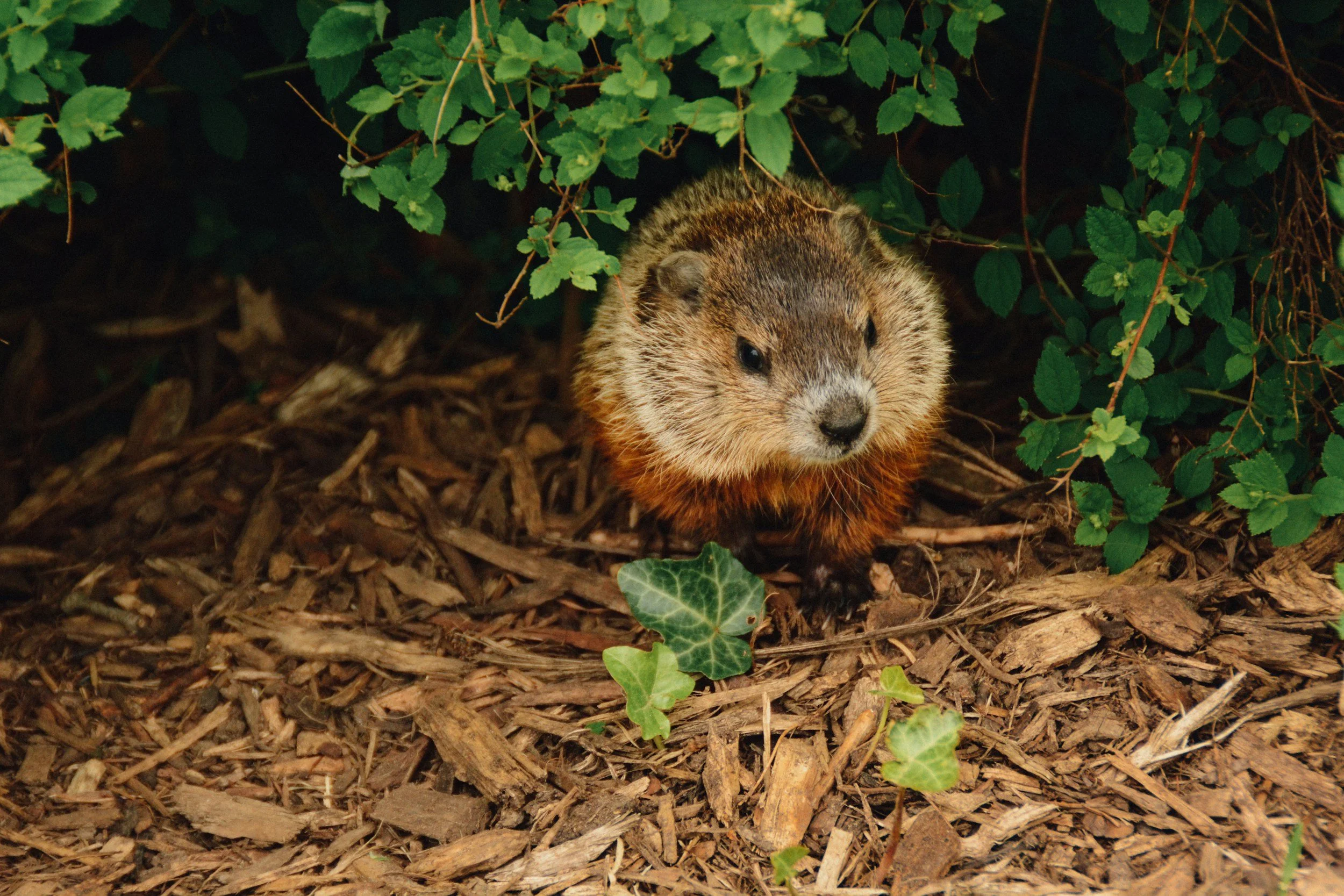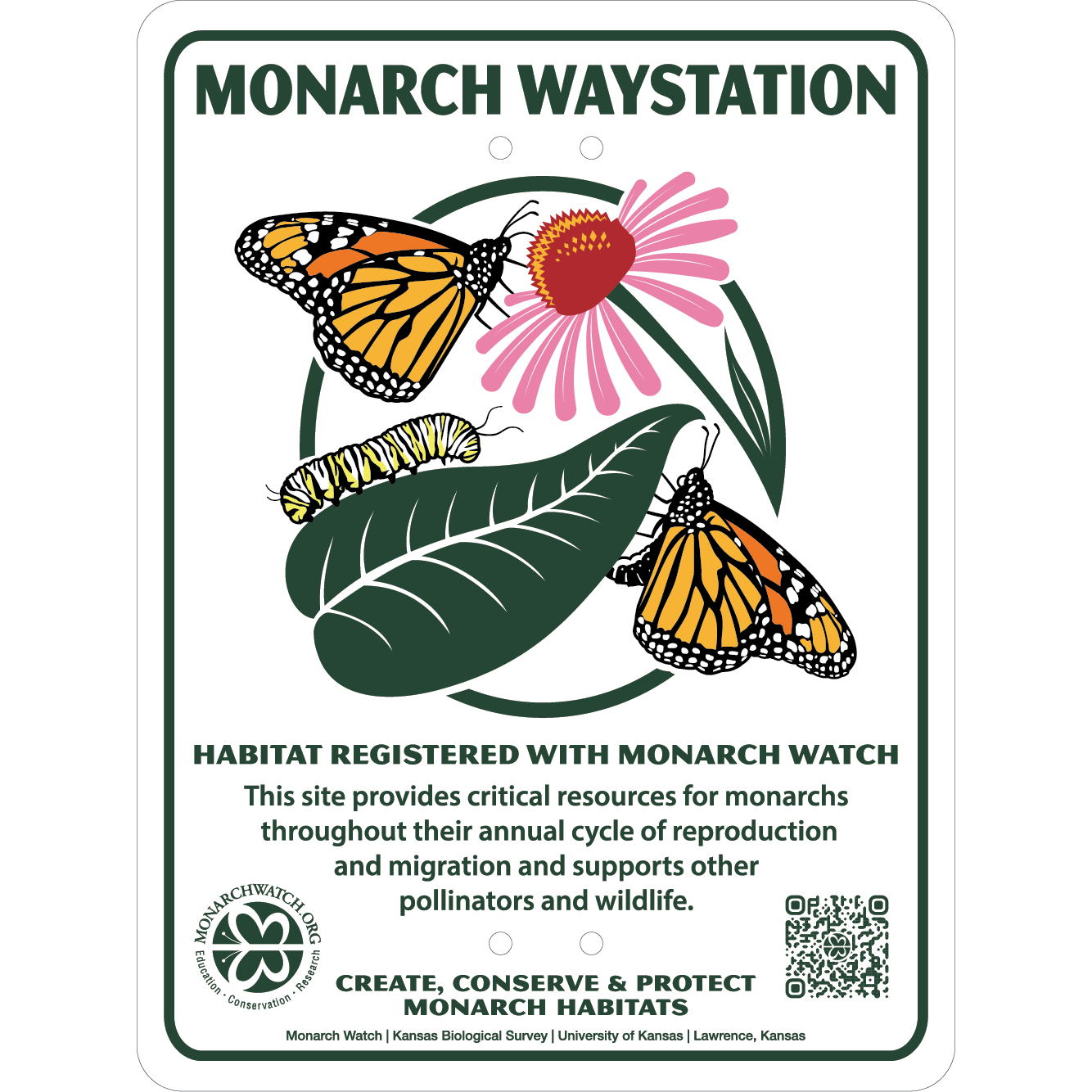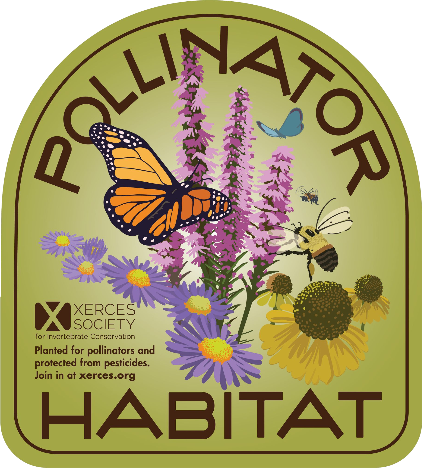
Habitat at Bear Ash Farm
Where pollinators, birds and wild things all call home
At Bear Ash Farm, habitat isn't an afterthought, it's the heart of everything we do.
Across 12 acres in rural New York, we’re creating a sanctuary for birds, bees, butterflies, and other wild neighbors. From native wildflower meadows to shady orchard rows and edge-of-forest nesting sites, every corner of the farm is designed with habitat in mind.
Our approach is simple: work with nature, not against it. No pesticides. No chemicals. No fake green. Just real soil, honest stewardship, and a whole lot of buzzing, fluttering, chirping life.
Orchard and Pollinator Field
Our pollinator plantings are a mix of native annuals and perennials chosen to bloom in succession throughout the growing season — from the first signs of spring to the last days of fall. These wildflowers are hand-sown with pollinators in mind, offering nectar and pollen for bees, butterflies, and hummingbirds when they need it most.
Right alongside them, our young orchard is just beginning to take root. Planted this year, it includes apples, peaches, pears, and cherries — fruit trees that will one day feed both people and wildlife. Even now, the blossoms offer an early-season boost for hungry pollinators emerging from winter.
These aren’t untouched landscapes. They’re intentionally planted with permaculture principles in mind — fostering biodiversity, building soil health, and creating a more resilient farm ecosystem. Every flower, every tree, is a step toward a wilder, more connected future.
Naturalized Areas
Not every part of Bear Ash Farm is meticulously planted — and that’s by design. Several areas have been left to return to a more natural state, allowed to grow wild and messy in all the best ways. Goldenrod, asters, grasses, and self-seeded natives emerge year after year, creating a dynamic patchwork of habitat that evolves with the seasons.
These untamed pockets provide vital cover for small mammals, nesting sites for ground-dwelling birds, and essential forage for solitary native bees. We avoid mowing these spaces during peak blooming and nesting periods, giving nature time to do its work without interruption.
By resisting the urge to control every inch, we make space for the unexpected — and that’s often where the magic happens.
Woodland and Hedges
Along the perimeter of the farm, natural hedgerows and edge-of-forest habitat offer refuge and resources for a wide variety of wildlife. Native shrubs, brambles, and tree lines form dense, layered cover ideal for birds, rabbits, and the occasional fox moving quietly through.
Brush piles are left intentionally, providing winter shelter and nesting spots for everything from wrens to chipmunks. These transition zones between open field and forest are some of the most biologically active spaces on the farm — buzzing with insect life, echoing with birdsong, and full of subtle movement.
We manage these areas lightly, pruning only when necessary and allowing nature to maintain its own structure. As we continue to expand habitat across the property, these wooded borders help connect and support life throughout the landscape.
We’re proud to be recognized by national conservation leaders:
Certified Monarch Waystation
Registered with Monarch Watch to support monarch breeding and migration.
Pollinator Protection Pledge
Signed on with the Xerces Society to protect and expand habitat for native bees and beneficial insects.
Certified Wildlife Habitat
Designated by the National Wildlife Federation for providing food, water, shelter, and space for native wildlife.
We don’t use synthetic pesticides, herbicides, or fertilizers. Ever.
Not on the lawn, not in the orchard, not even on our vegetable garden. Our farm is about long-term health, not short-term gains. Every insect, weed, and “pest” plays a role in a balanced ecosystem, and we manage our land with that balance in mind.
Looking Ahead
Building habitat is an ongoing commitment — not a one-time project. As Bear Ash Farm continues to grow, we’re planning new features and improvements that will deepen our impact and invite even more life onto the land. Here’s a look at what’s on the horizon:
-
We’re planning to install brush piles, log stacks, and rock shelters to create safe overwintering and nesting areas for small mammals, reptiles, amphibians, and insects. These simple structures provide year-round benefits with minimal human interference — and they blend right into the landscape.
-
We plan to establish native shrub and understory tree plantings along property boundaries and transitional edges — areas that naturally divide open spaces from woods or existing habitat zones. These future hedgerows will create protective corridors for birds and pollinators, offering shelter, nesting sites, and seasonal food sources.
-
To support natural insect control and cavity-nesting species, we’ll be installing a series of bat houses, bluebird boxes, and potentially owl or kestrel boxes. Each is placed with careful consideration of habitat needs and predator protection.
-
As part of our mission to inspire and inform, we plan to add simple, weatherproof signs throughout the farm to highlight habitat features, native plants, and pollinator activity. These markers will help tell the story of how even small-scale conservation efforts can make a big impact.
-
In the future, we hope to offer on-site demonstrations and small-group workshops focused on pollinator gardening, native plants, and sustainable land stewardship. Educational outreach is a big part of Bear Ash Farm’s long-term vision — and it all starts with sharing what we’re learning, right here at home.










